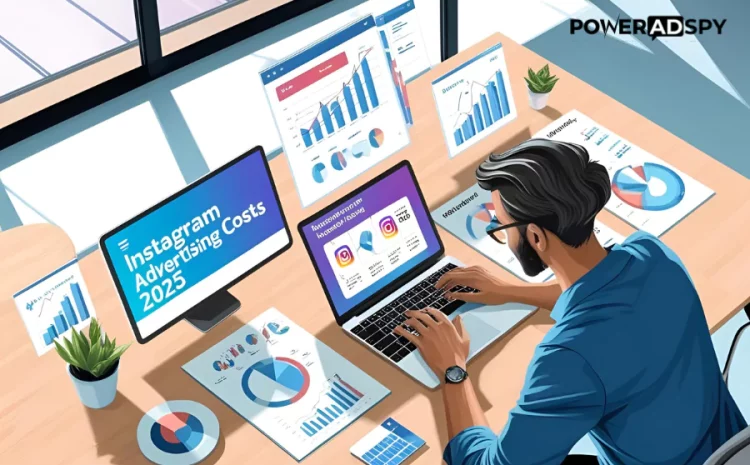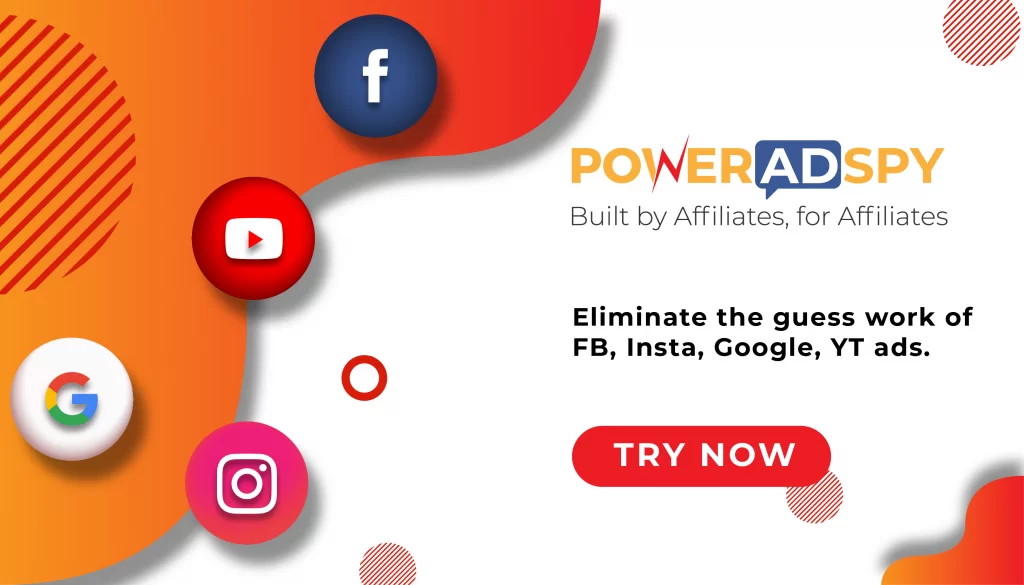How To Determine Instagram Advertising Costs In 2025?
Let’s cut to the chase: Instagram ads aren’t free, but budgeting for them is far from a guessing game. Whether you’re a startup or an established brand, knowing the Instagram advertising cost in 2025 can make all the difference between a wasted budget and campaigns that truly convert. With changes in Meta’s algorithms and intensifying competition, understanding your ad spend is essential to staying ahead without overspending.
This guide breaks down the latest data, trends, and tools to help you navigate Instagram’s ad ecosystem. By the end of this post, you’ll have a clear picture of how to allocate your budget and stretch every dollar further. As we progress, each section builds on the last, ensuring you have the insights to plan your campaigns confidently and clearly.
In a hurry? Listen to the blog instead!
How Instagram Ads Work? Behind The Scenes
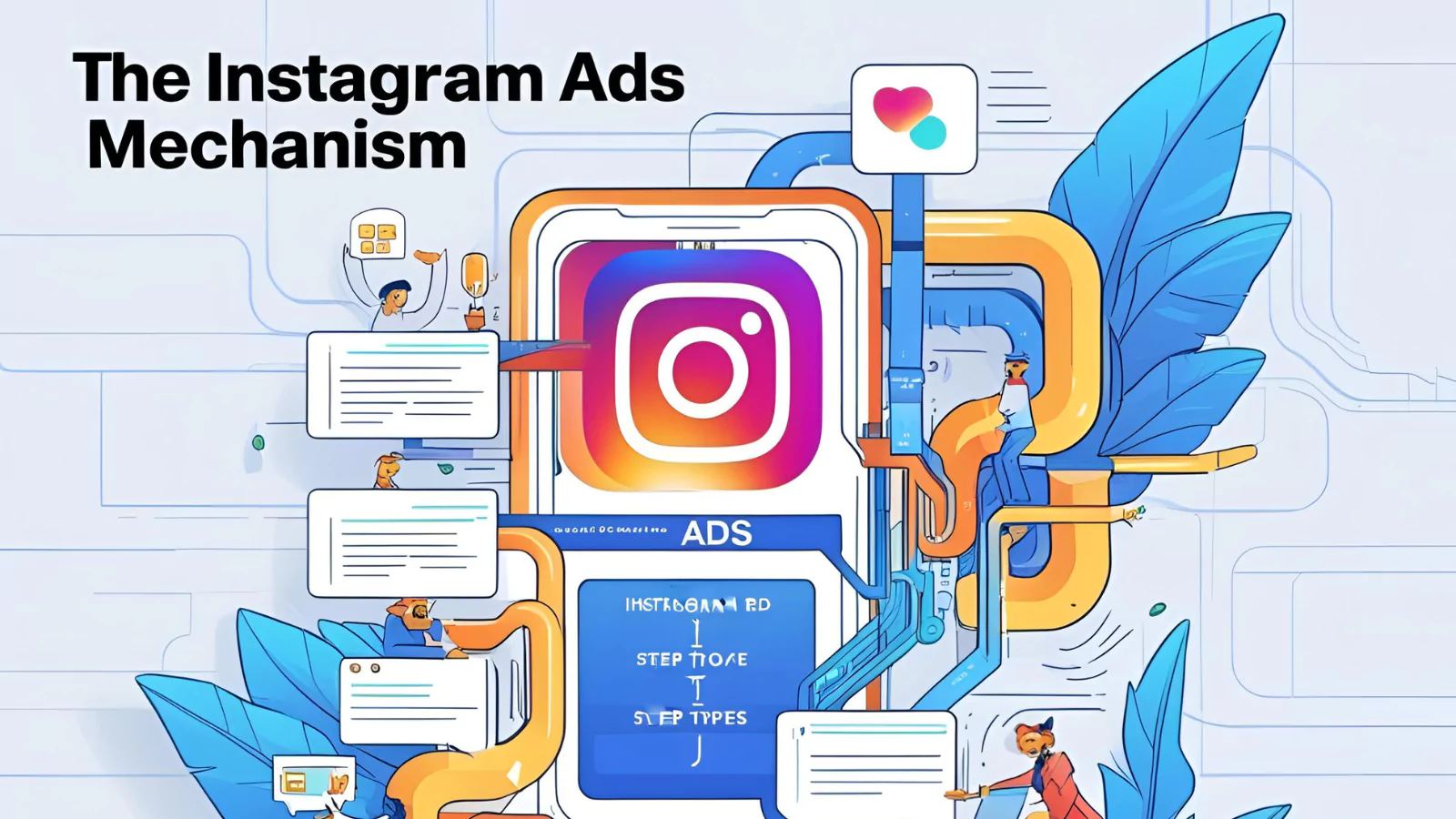 Before we dive into the numbers, it’s important to understand how Instagram ads operate. Unlike organic posts, Instagram ads are paid promotions that appear seamlessly in feeds, Stories, Reels, or on the Explore page. They carry a “Sponsored” label but are designed to integrate naturally with other content. Often, these ads include call-to-action buttons such as “Shop Now” or “Learn More” to prompt user engagement.
Before we dive into the numbers, it’s important to understand how Instagram ads operate. Unlike organic posts, Instagram ads are paid promotions that appear seamlessly in feeds, Stories, Reels, or on the Explore page. They carry a “Sponsored” label but are designed to integrate naturally with other content. Often, these ads include call-to-action buttons such as “Shop Now” or “Learn More” to prompt user engagement.
Meta’s targeting tools allow advertisers to focus on audiences based on demographics, interests, and past interactions. For example, a local bakery might target users aged 18 to 35 who follow food influencers or have recently searched for “birthday cakes near me.” This targeted approach ensures that every dollar is spent reaching the most relevant users, which in turn influences the overall Instagram advertising cost.
Considering how ads appear and function, the next logical step is to evaluate whether the investment is worthwhile. Let’s examine that in the following section.
Are Instagram Ads Still Worth The Budget?
With new platforms emerging, you might wonder if investing in Instagram ads still makes sense. The short answer is yes. Instagram continues to engage millions of users daily, with people spending significant time scrolling through visually engaging content. This high level of interaction makes Instagram a prime advertising space, especially for brands looking to showcase their products creatively.
Recent studies highlight that well-executed campaigns yield impressive engagement and conversion rates, often making the investment worthwhile. Even though Instagram ad pricing can fluctuate, businesses that strategically optimize their ads see strong returns. The key is understanding how advertising on Instagram costs works and adjusting your budget accordingly.
For industries like fashion, beauty, and food, Instagram’s visual appeal remains unmatched. The platform’s various ad formats, from Stories to Reels and Carousel Ads, provide brands with the flexibility to craft compelling narratives. However, the real game-changer lies in how efficiently you manage costs. Whether you’re wondering how much is an Instagram ad or trying to cut expenses, mastering your budget is crucial.
Up next, let’s break down the latest pricing trends and see how Instagram ad cost is shaping up in 2025.
Instagram Advertising Costs In 2025: The Hard Numbers
When planning an Instagram ad campaign, understanding cost benchmarks is crucial for budgeting effectively. While every campaign differs, these industry averages offer a starting point:
- CPM (Cost Per 1,000 Impressions): Approximately $10.81
- CPC (Cost Per Click): Roughly $1.19
- CPE (Cost Per Engagement): Around $0.06
These figures provide insight into Instagram ad pricing, but costs can fluctuate based on multiple factors. One major determinant is audience targeting. A campaign that focuses on a broad audience may have a lower Instagram advertising cost. Highly specific targeting such as age, interests, and behaviors—can drive costs higher due to increased competition.
Another key factor is ad quality. Instagram’s algorithm favors high-performing ads, meaning those with compelling visuals and engaging copy tend to get lower CPC rates. Advertisers who invest in strong creatives can achieve better reach without increasing spend. Timing also plays a role—ads run during off-peak periods typically cost less, making strategic scheduling an effective cost-saving measure.
While these benchmarks provide a foundation, how does Instagram compare to other platforms in terms of ad costs? To make informed decisions, tools like PowerAdSpy can help analyze competitor strategies and optimize ad performance for better ROI. Let’s break it down.
PowerAdSpy: Instagram Ad Spy Tool
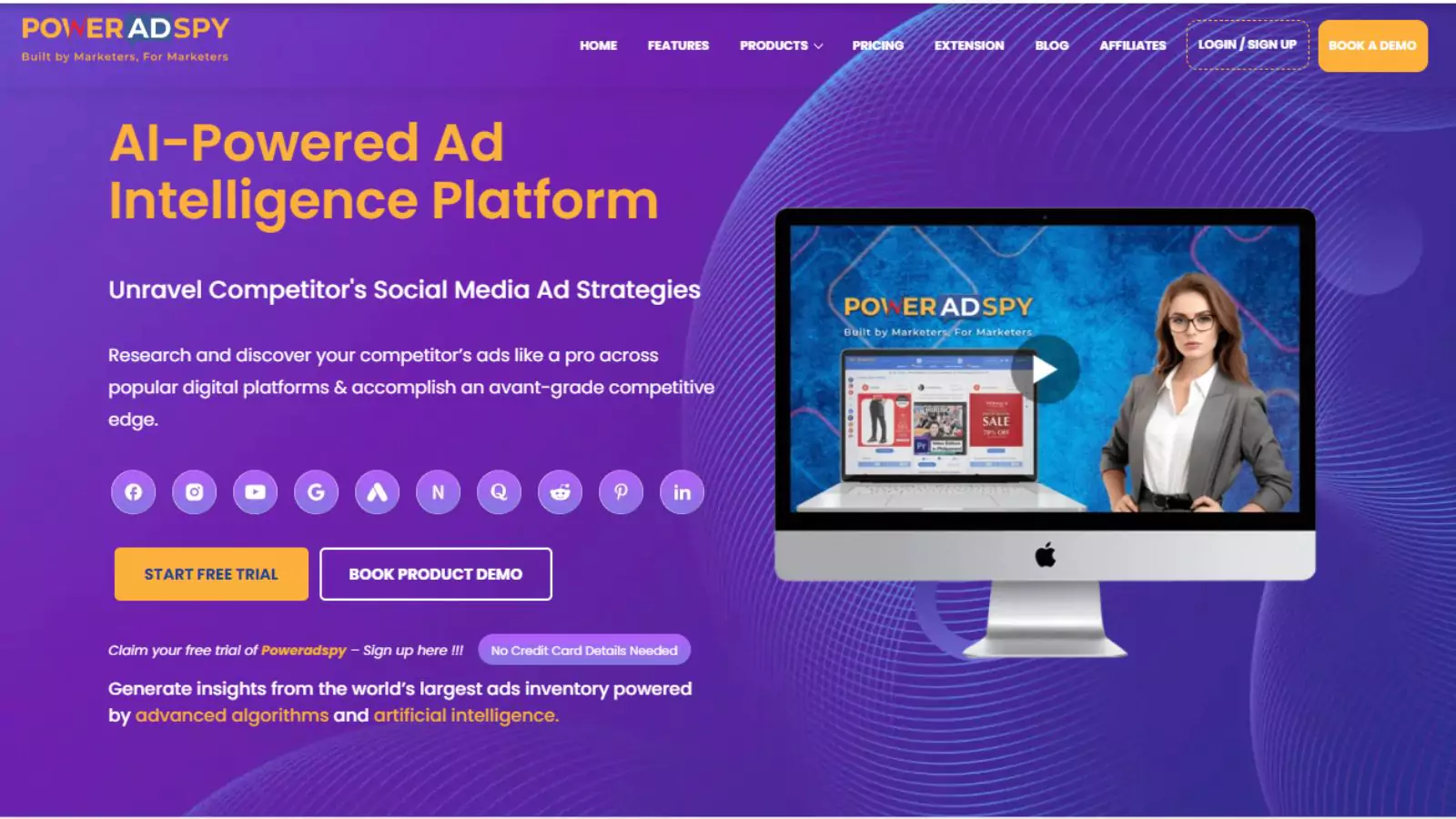 When investing in Instagram ads, understanding what works—and what doesn’t—can be the difference between a profitable campaign and a wasted budget. This is where PowerAdSpy comes in. As a leading Instagram ad spy tool, it helps businesses analyze successful ads, refine targeting strategies, and cut unnecessary costs.
When investing in Instagram ads, understanding what works—and what doesn’t—can be the difference between a profitable campaign and a wasted budget. This is where PowerAdSpy comes in. As a leading Instagram ad spy tool, it helps businesses analyze successful ads, refine targeting strategies, and cut unnecessary costs.
How PowerAdSpy Helps Lower Instagram Ad Prices?
Instead of relying on trial and error, PowerAdSpy gives advertisers access to real-time insights from top-performing Instagram campaigns. Here’s how it can optimize your strategy:
- Analyze Competitor Ads: Want to know what’s working for your competition? PowerAdSpy allows you to spy on Instagram ads and see which creatives, ad formats, and targeting methods deliver the best engagement.
- Benchmark Instagram Ads Pricing: By tracking industry trends, PowerAdSpy helps you understand the Instagram ads price landscape so you can set realistic budgets.
- Refine Audience Targeting: Using competitor insights, you can adjust your audience segments to improve engagement while reducing unnecessary spending.
- Optimize Ad Creatives: A well-designed ad can significantly lower costs. PowerAdSpy lets you identify high-converting visuals and messaging styles to enhance ad performance.
PowerAdSpy doesn’t just track Instagram ads pricing—it helps you improve your overall return on investment. By using data-backed decisions rather than guesswork, businesses can cut costs while maintaining high conversion rates.
If you’re looking to reduce Instagram ad prices without sacrificing performance, integrating PowerAdSpy into your strategy is a smart move. In the next section, we’ll explore additional ways to lower ad costs and maximize returns.
6 Strategies To Slash Your Instagram Ad Spend
 Effective budgeting isn’t just about cutting costs; it’s about spending smarter. Instagram remains one of the most powerful platforms for digital marketing, but the key to maximizing your returns lies in optimizing your Instagram advertising cost. By implementing the right strategies, you can significantly reduce your expenses while still achieving strong engagement and conversions. Here are six proven ways to make the most of your ad spend.
Effective budgeting isn’t just about cutting costs; it’s about spending smarter. Instagram remains one of the most powerful platforms for digital marketing, but the key to maximizing your returns lies in optimizing your Instagram advertising cost. By implementing the right strategies, you can significantly reduce your expenses while still achieving strong engagement and conversions. Here are six proven ways to make the most of your ad spend.
Prioritize Quality Over Quantity
Investing in high-quality visuals and compelling copy can dramatically improve ad performance. A visually appealing, well-crafted ad captures attention faster, leading to higher engagement rates. When users interact more with your ads, Instagram’s algorithm rewards you with lower costs per click and impression. It ultimately helps reduce Instagram advertising costs while improving overall campaign efficiency. Instead of running multiple mediocre ads, focus on fewer, high-impact campaigns that resonate with your audience.
Test Micro-Targeted Audiences
One of the biggest mistakes advertisers make is targeting audiences that are too broad. The more specific your audience, the more likely they are to engage with your content. Testing micro-targeted audiences, such as lookalike audiences, retargeting website visitors, or focusing on hyper-niche demographics can lead to better conversion rates and lower costs. By refining your targeting, you minimize ad spend waste and effectively manage Instagram advertising costs.
Avoid Peak Seasons
Advertising costs tend to skyrocket during peak shopping seasons like Black Friday, Christmas, and major holiday sales. Unless your product is seasonal or holiday-related, consider pausing or reducing ad spend during these high-competition periods. Instead, allocate your budget to off-peak times when the competition is lower and ad placements are more affordable. This strategy allows you to maintain a steady Instagram advertising cost throughout the year while avoiding unnecessary spending spikes.
Repurpose Organic Content
One of the most cost-effective ways to reduce ad spend is by leveraging content already proven to perform well organically. If certain Instagram posts, Stories, or Reels have received high engagement, consider turning them into paid ads. Since these posts have already resonated with your audience, they are more likely to deliver results without requiring excessive testing or spending. This approach helps manage your Instagram advertising cost while maintaining ad quality.
Bid Smarter, Not Harder
Understanding Instagram’s bidding system is crucial to cost optimization. While automated bidding can work well for general campaigns, using manual bidding for high-value segments allows you to have better control over costs. By analyzing your ad performance data and adjusting bids accordingly, you can allocate your budget more effectively. Smart bidding ensures that your ads reach the right people at the right price, preventing unnecessary increases in your Instagram advertising cost.
Leverage Shoppable Ads
Shoppable ads have transformed the way brands drive conversions on Instagram. By allowing users to purchase products directly from an ad, these formats reduce the steps between discovery and purchase. The shorter the sales funnel, the higher the likelihood of conversion, which helps lower the overall Instagram advertising cost. Whether through product-tagged posts, Instagram Shop, or interactive Stories, integrating shoppable features into your strategy can boost ROI while keeping ad expenses in check.
Maximize Your Instagram Advertising ROI
By applying these strategies, businesses can maintain strong ad performance without overspending. However, optimizing your Instagram campaigns requires constant analysis and adjustment. A powerful tool like PowerAdSpy can give you an edge by providing deep insights into successful Instagram ads. By analyzing competitor strategies and tracking ad trends, PowerAdSpy helps businesses refine their approach and manage their Instagram advertising cost-effectively. Investing in data-driven insights ensures that every dollar spent works toward maximizing your ad performance while keeping costs in check.
With these cost-saving strategies and the right tools, you can create high-performing Instagram ad campaigns without exceeding your budget. In the next section, we’ll explore upcoming Instagram advertising trends that may further influence your spending strategy in the coming year.
2025 Trends Shaping Instagram Ad Costs
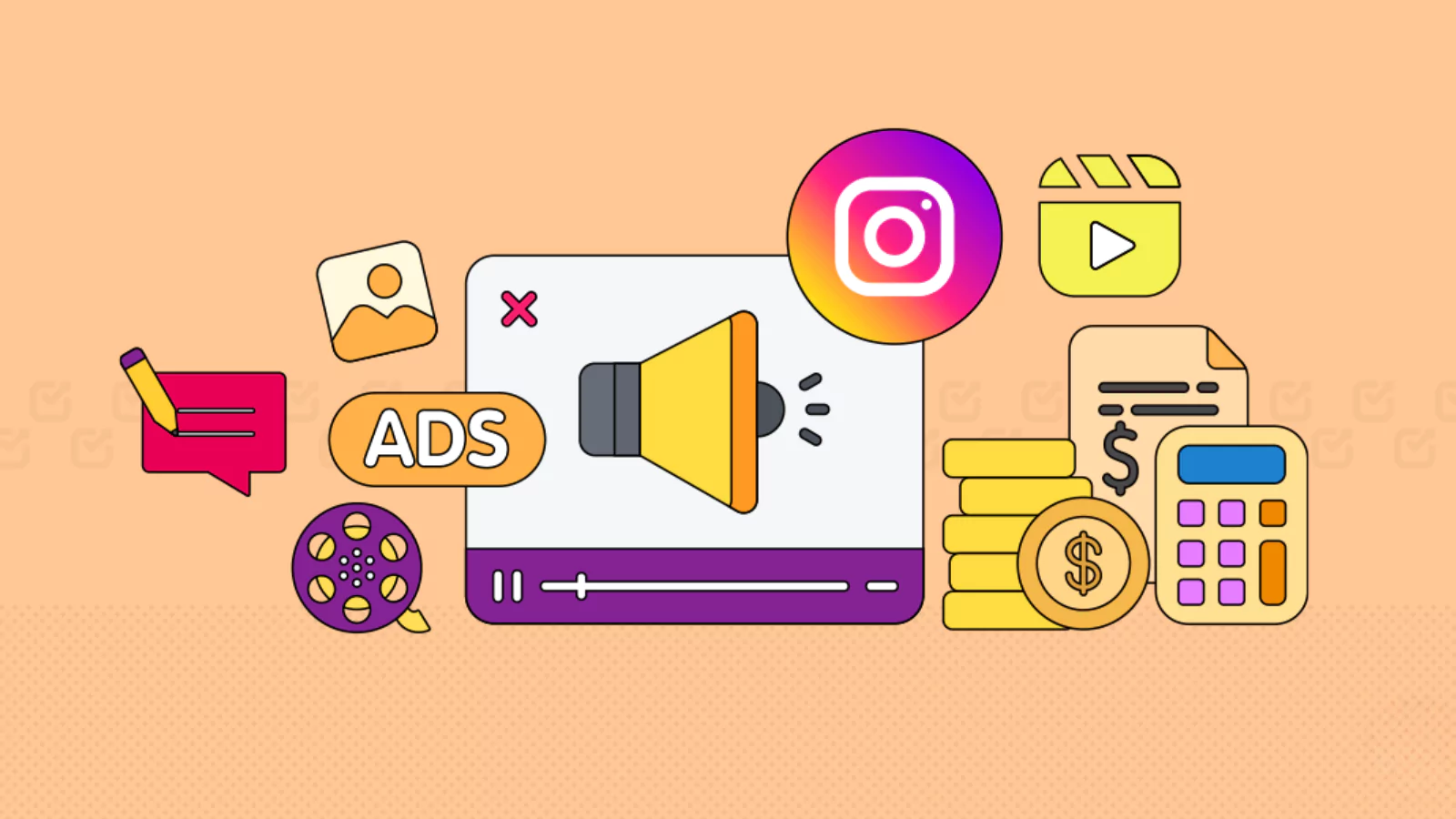 Staying informed about emerging trends is essential for effective campaign planning. Several developments are poised to influence how much you’ll pay for Instagram ads in 2025. Understanding these trends will help marketers optimize their budgets while maximizing ad performance.
Staying informed about emerging trends is essential for effective campaign planning. Several developments are poised to influence how much you’ll pay for Instagram ads in 2025. Understanding these trends will help marketers optimize their budgets while maximizing ad performance.
AI-Generated Ads
Meta has introduced new AI tools that assist in creating engaging ad visuals, copy, and even targeting strategies. These AI-driven tools can significantly cut down the time and resources required for ad design and campaign execution. As a result, brands can reduce their dependency on expensive creative agencies and in-house design teams. Over time, this technological advancement may help stabilize the Instagram advertising cost, making it more accessible for smaller businesses looking to compete in the digital space.
Augmented Reality (AR) Filters
Augmented Reality (AR) is no longer a novelty—it’s becoming a crucial part of digital marketing. Many brands are integrating AR filters into their Instagram ads to create interactive experiences for users. AR ads allow potential customers to visualize products before making a purchase, increasing engagement and conversion rates. What makes AR ads even more attractive is that they don’t necessarily increase the Instagram advertising cost significantly. Instead, they offer a fresh and immersive way to capture audience attention without requiring substantial investment.
Micro-Influencer Partnerships
Influencer marketing remains a powerful tool for brands, but the approach is shifting. Instead of investing in high-cost celebrity endorsements, businesses are partnering with micro-influencers who have smaller yet highly engaged audiences. Micro-influencers tend to have more authentic relationships with their followers, which leads to higher engagement and better ad performance. This approach ensures that companies can keep their Instagram advertising cost under control while still reaching a targeted and loyal audience.
Video Content Dominance
Video ads, particularly short-form Reels, are continuing to dominate Instagram. The platform’s algorithm favors video content, making it an essential component of any ad strategy. Brands that invest in creating high-quality, engaging video ads often see better results in terms of reach and engagement. However, because of their effectiveness, the cost of video ads may increase in 2025. Marketers should prepare by repurposing existing video content and optimizing video ads to maximize their return on investment, helping manage their Instagram advertising costs more efficiently.
Data-Driven Ad Targeting
Instagram’s ad targeting capabilities are becoming more refined with advancements in AI and machine learning. Advertisers can now leverage predictive analytics to reach the right audience at the right time. By optimizing their targeting strategies, brands can reduce wasteful spending and ensure their ads reach users who are most likely to convert. This precision in targeting can help control Instagram advertising costs while improving overall ad performance.
Sustainability And Ethical Advertising
Consumers are becoming increasingly conscious of sustainability and ethical business practices. Brands that incorporate transparency and sustainability messaging into their Instagram ads may see higher engagement rates without having to increase their ad budget. As audience preferences shift, companies that align their values with consumer expectations can potentially lower their Instagram advertising cost by benefiting from organic engagement and positive brand sentiment.
These trends underscore the importance of adaptability. As new tools and formats emerge, being prepared to tweak your strategy can help ensure ad spend remains effective and efficient. By leveraging AI, AR, influencer collaborations, and data-driven insights, businesses can keep their Instagram advertising cost manageable while maximizing impact in 2025.
Read More:
How to Use Instagram Ad Insight to Beat the Algorithm
Improve Your Instagram Advertising Campaign: With Best Ad Intelligence Tool
Conclusion
Understanding how much to advertise on Instagram is crucial for businesses aiming to maximize their marketing budgets. The cost for Instagram ads depends on several factors, including audience targeting, ad placement, and bidding strategy. While there’s no fixed price, the Instagram CPM (cost per thousand impressions) can vary based on industry trends and competition.
If you’re wondering how much does Instagram costs for advertising, or specifically, how much is an ad on Instagram, it’s essential to analyze your objectives and select the right ad format. The Instagram marketing cost can be optimized with well-planned campaigns that leverage audience insights and bidding strategies. Additionally, factors like the Instagram targeted ads cost and engagement levels influence how much do ads cost on Instagram overall.
By continuously testing and refining your ad strategy, you can make the most of your investment and achieve high ROI from Instagram advertising.
Frequently Asked Questions (FAQs)
- What is the best time to run Instagram ads for maximum engagement?
The best time to run Instagram ads depends on your target audience and industry. However, studies suggest that posting during peak engagement hours—typically between 6 PM and 9 PM on weekdays—can yield better results. Running A/B tests can help determine the optimal time for your specific audience.
- Do Instagram ads work better for certain industries?
Yes, Instagram ads tend to perform exceptionally well for industries that rely on visual appeal, such as fashion, beauty, travel, fitness, and e-commerce. However, with the right strategy, businesses in other industries can also see significant success.
- Can I run Instagram ads without a Facebook account?
No, Instagram ads are managed through Meta’s (formerly Facebook) Ads Manager, so a Facebook account is required to create and run ad campaigns. However, you don’t need to post on Facebook to run Instagram ads.
- How can I reduce my Instagram ad costs while maintaining effectiveness?
To lower your Instagram ad costs while ensuring effectiveness, focus on refining your audience targeting, improving ad creatives, using A/B testing, and optimizing bidding strategies. Additionally, running retargeting campaigns can help increase conversion rates at a lower cost.
- Are Instagram ads more effective than influencer marketing?
Both Instagram ads and influencer marketing have their own advantages. Instagram ads offer precise targeting and measurable results, while influencer marketing leverages trust and credibility. The best approach depends on your brand goals—many businesses find success by combining both strategies.

